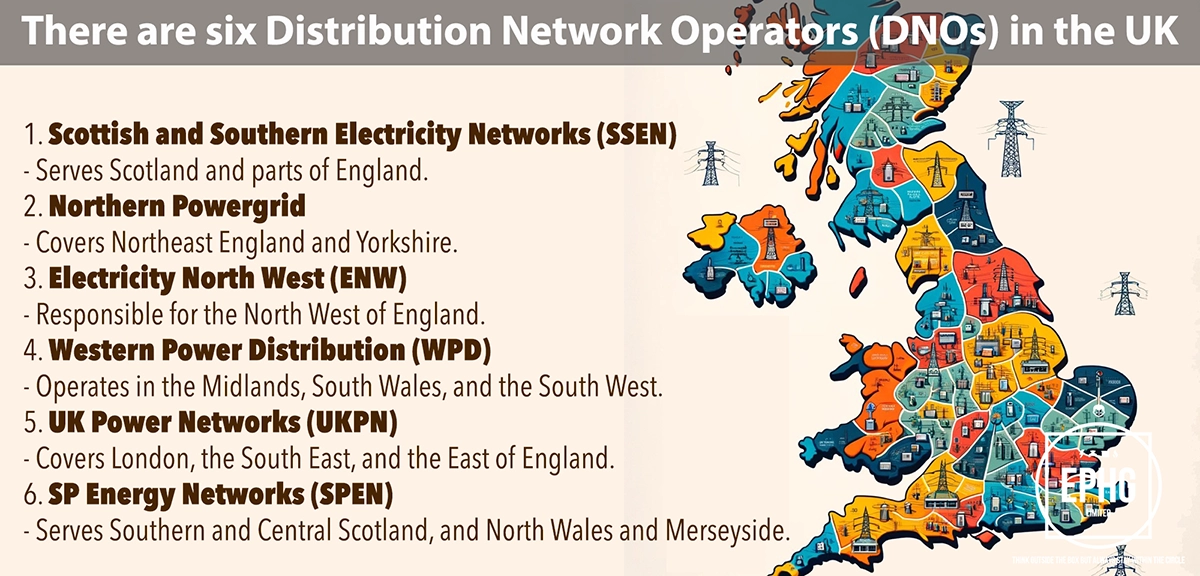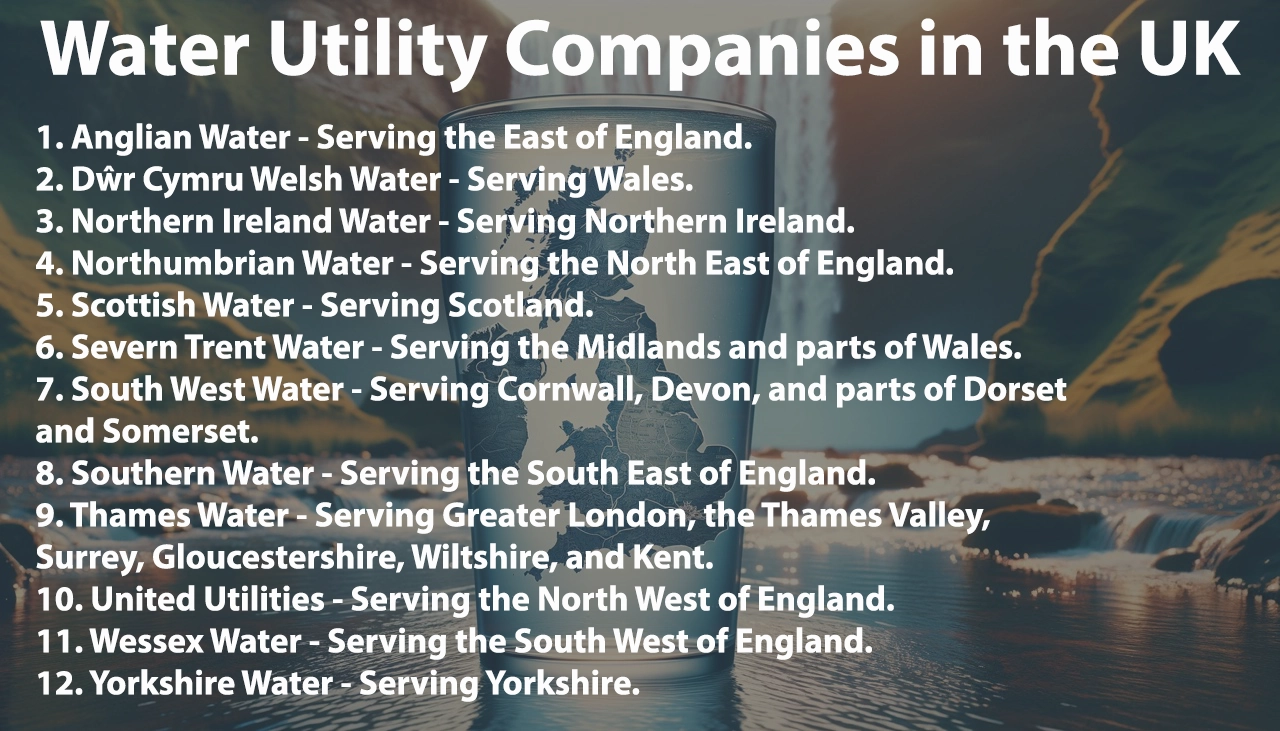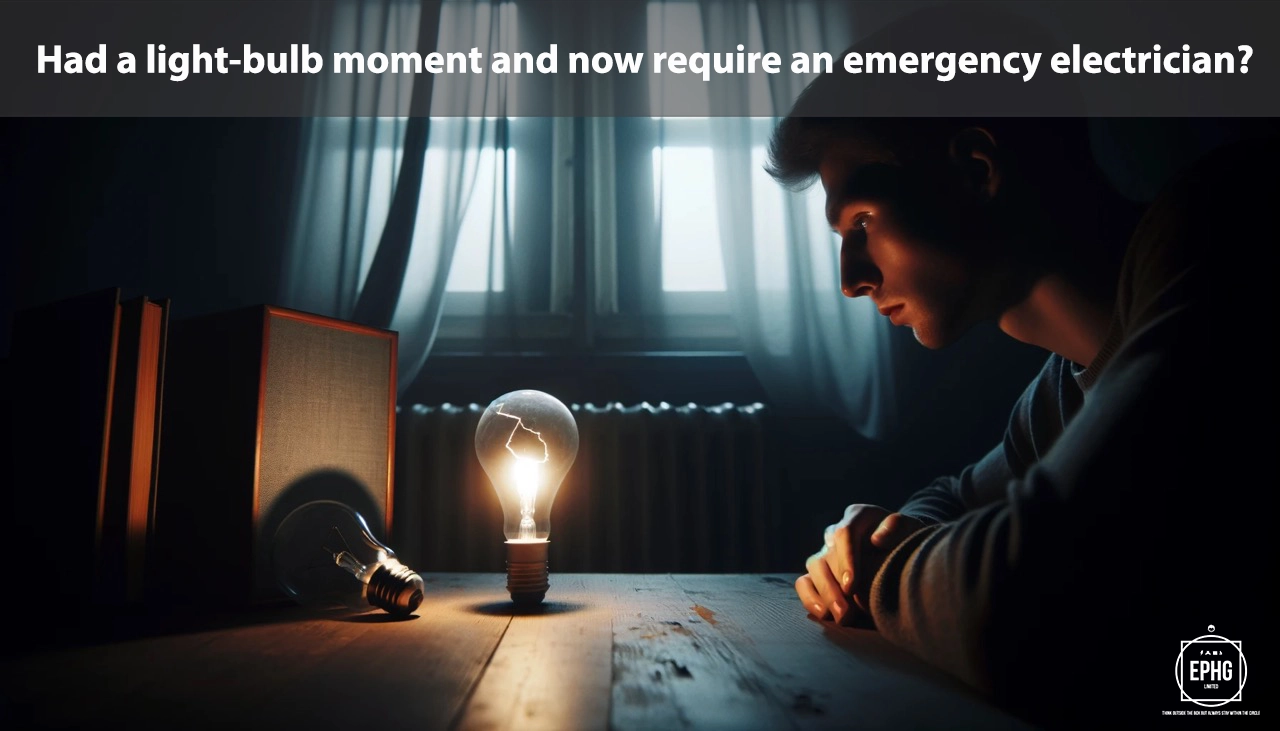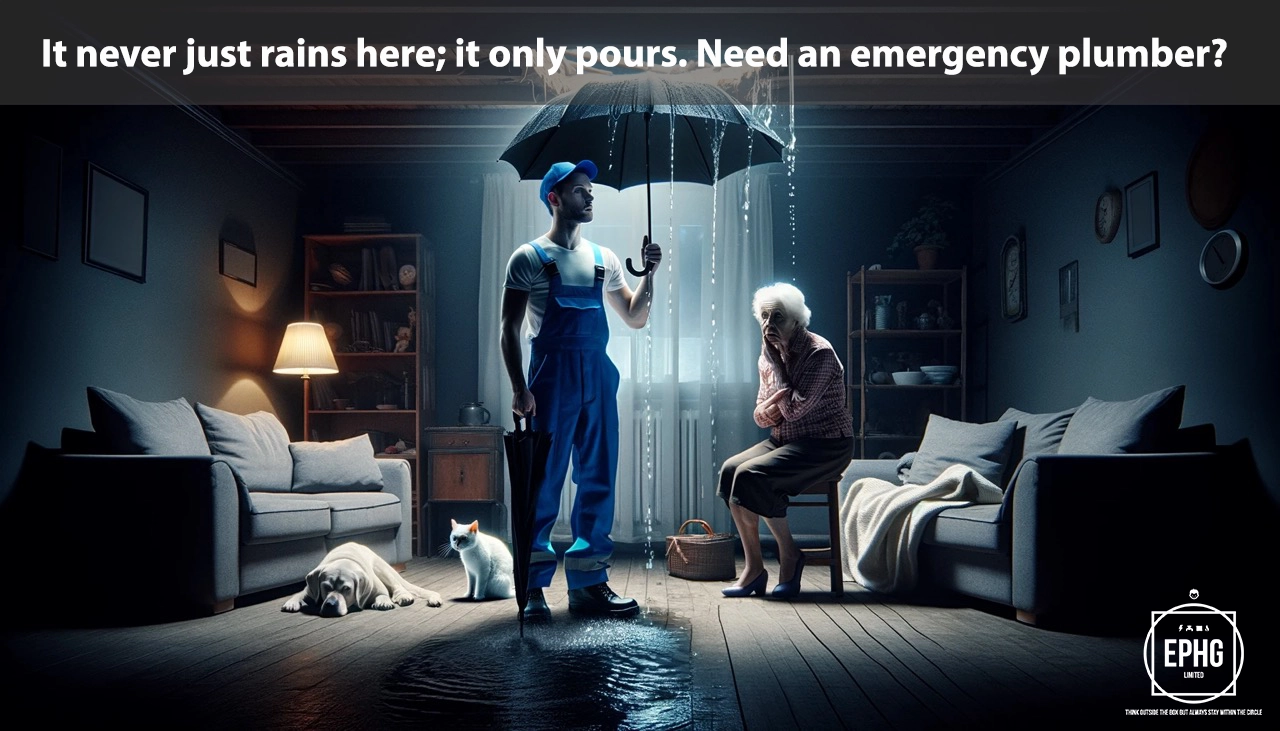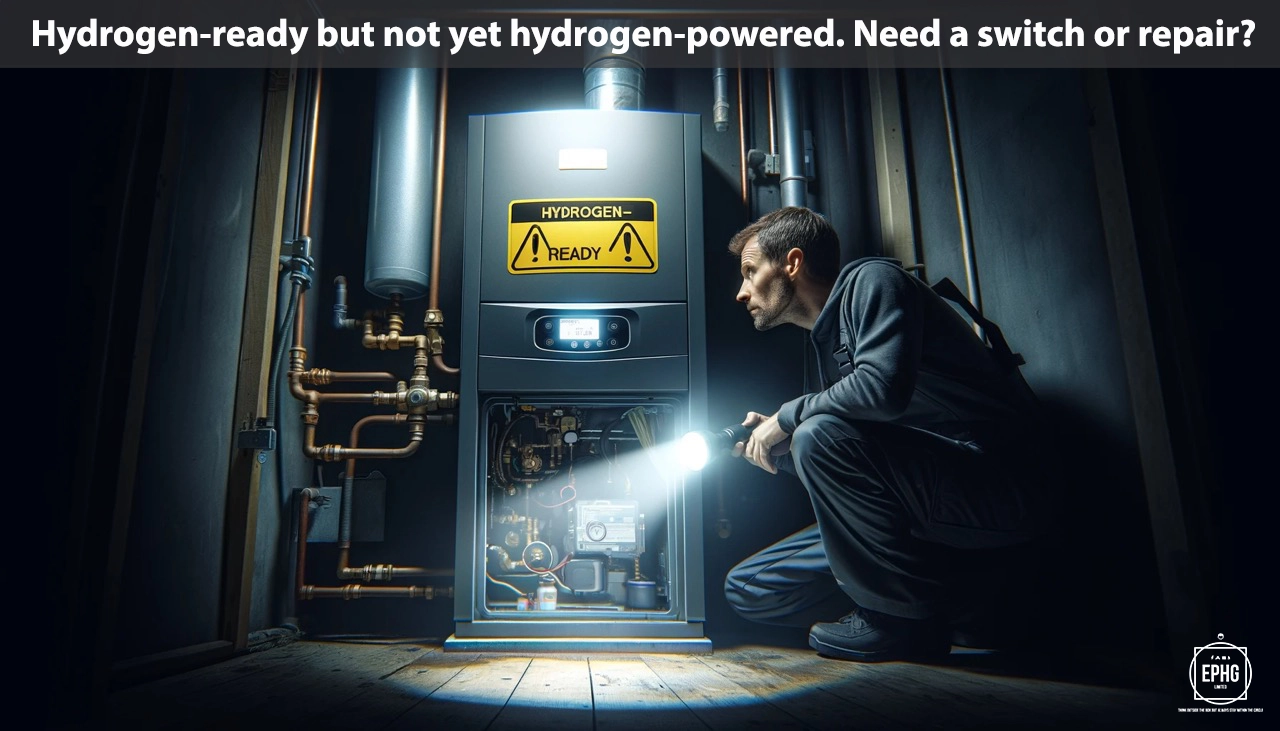
OX Postcodes for Utilities & Services in Oxford and Surroundings
Introduction: The OX postcode area, encompassing Oxford and its adjacent locales, presents an intricate overview of utility services including water and electricity. This section delves into how these services are structured and managed across the region.
Water in Oxford
Where does the water supply come from in Oxford and is there ever a shortage of water?
The primary water sources for Oxford and the surrounding area are the River Thames and the River Cherwell, both of which play vital roles in the region's water supply system. These rivers, complemented by groundwater sources, feed into local reservoirs and treatment facilities to ensure the water is clean and safe for consumption. While Oxford generally enjoys a reliable water supply, the area is not immune to challenges such as prolonged periods of dry weather, increased demand during summer months, and the impacts of climate change, which can pressure water resources. Local water authorities, such as Thames Water, engage in active water management strategies including leakage repair, water saving campaigns, and infrastructure investments to mitigate these risks and ensure sustainability. Residents are encouraged to be mindful of their water usage, contributing to the overall conservation efforts.
What is the hardness & quality of the water in Oxford and can this affect your health?
In Oxford, the water hardness varies but is generally classified as moderately hard. This is primarily due to the region’s geological composition, with the River Thames and its tributaries passing through limestone and chalk areas. While hard water contains more minerals like calcium and magnesium, it is safe for consumption and, in fact, can contribute to daily mineral intake. Nonetheless, it may result in limescale build-up in household appliances and affect the efficacy of soaps and detergents. The quality of water, however, is strictly regulated and frequently tested, ensuring it meets all health and safety standards. It’s important for residents to know that while the mineral content might differ from soft water areas like Aberdeen, the water in Oxford is perfectly safe, with authorities continuously working to maintain its purity and quality.
Electricity in Oxford
Where does the electric supply come from in Oxford and what is the future of energy there?
The electricity supply in Oxford primarily comes from the National Grid, with power generated from a variety of sources including nuclear, renewable energies, and fossil fuels. However, Oxford is progressively leaning towards sustainability and green energy, with solar panels becoming more visible across city roofs and academic institutions participating in renewable energy research. The area is also experiencing growth in wind energy contribution, complementing the traditional sources. Oxford’s future in energy is decidedly renewable-focused, with plans to expand solar energy projects and explore other renewable sources like biomass and geothermal energy. The city aims to lead by example in reducing carbon emissions, with commitments to environmental sustainability and the development of smart energy systems that could revolutionize how energy is stored and used, making Oxford a model for green energy across the UK.
When is hydrogen coming to gas boilers in Oxford?
Oxford is among the UK cities evaluating the integration of hydrogen as a sustainable alternative to natural gas for heating homes. While specific timelines for widespread hydrogen implementation remain under development, pilot projects and research into hydrogen's feasibility and safety are moving forward. The transition aligns with broader UK environmental goals, aiming for a significant reduction in carbon emissions by replacing conventional gas boilers with hydrogen-compatible models. Oxford residents are encouraged to follow updates from local energy providers and consider energy-efficient improvements to their heating systems in anticipation of future transitions. Local authorities and service providers will likely offer guidance and support as the shift towards hydrogen energy gathers momentum.
Where Does the Wastewater Go in Oxford
In Oxford, wastewater management is integral to the city’s sanitation and environmental strategies. Domestic, commercial, and industrial wastewater is collected and transported to treatment plants like the one at Sandford on Thames. Here, innovative and rigorous treatment processes remove impurities and contaminants, ensuring that the water meets legal and environmental standards before being returned to the natural environment. The treated water is typically discharged into the River Thames, under strict regulations to preserve the river’s ecological balance and water quality. Oxford's commitment to advanced wastewater treatment demonstrates the city’s dedication to protecting public health and maintaining its waterways, part of a broader initiative to promote sustainability and environmental responsibility within the community.
Regions and Services:
The OX postcode area boasts a varied landscape, encompassing the historic city of Oxford and the charming towns and villages of Oxfordshire. Key regions include:
- Oxford City: The heart of academic excellence and urban utilities, showcasing a blend of historical and modern infrastructure with advanced electrical, gas, and water services.
- Banbury, Bicester, and Abingdon: Vibrant towns offering a mix of traditional charm and contemporary services, each with its own unique history and evolving utility frameworks.
- Witney, Didcot, and Thame: Market towns where the push towards sustainability is visible through the adoption of renewable energy sources and energy-efficient practices, enhancing their traditional utility setups.
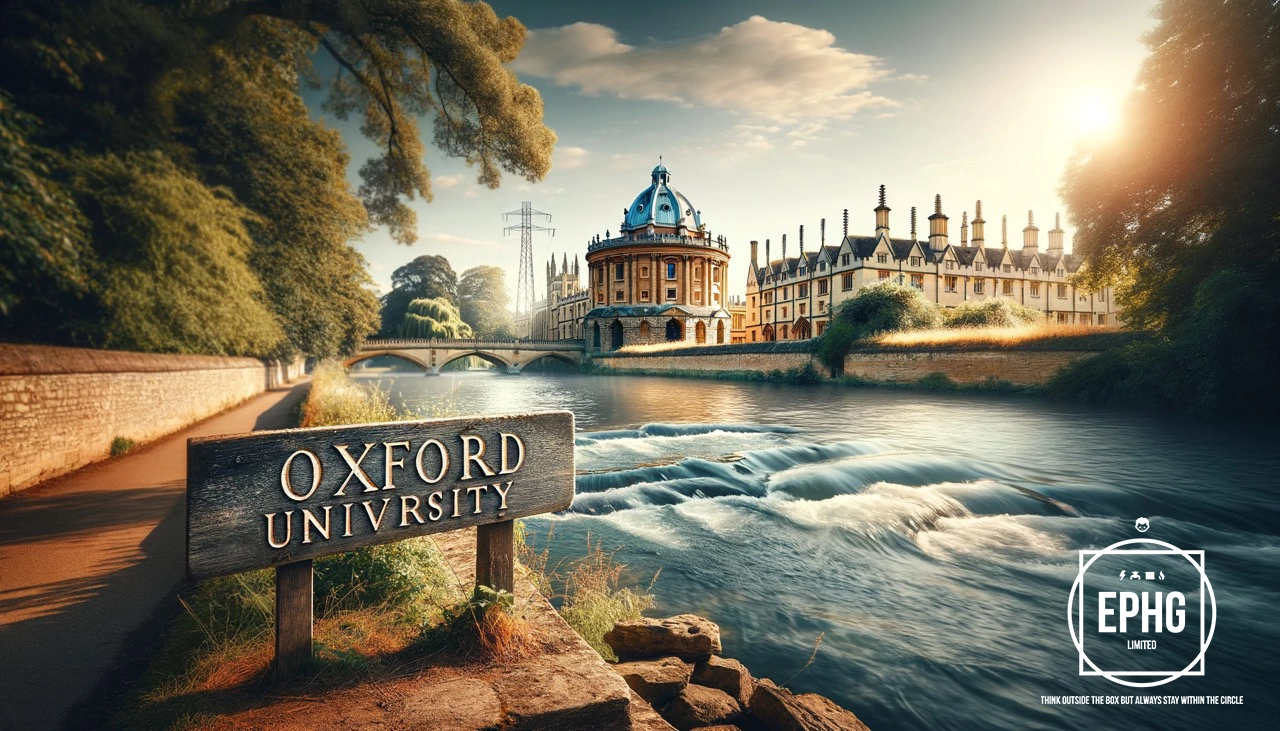
Regions within the OX Postcode
Oxford City
- OX1: Central and South Oxford, including the University and City Centre
- OX2: North and West Oxford, Summertown, Wytham
- OX3: Headington, Marston, Elsfield
- OX4: East Oxford, Cowley, Blackbird Leys, Sandford-on-Thames
- OX33: Wheatley, Forest Hill, Holton
- OX44: Chalgrove, Stadhampton
Surrounding Areas and Villages
- OX5: Kidlington, Yarnton, Begbroke
- OX7: Chipping Norton, Charlbury, Chadlington
- OX9: Thame, Moreton, Towersey
- OX10: Wallingford, Berinsfield, Cholsey
- OX11: Didcot, Harwell, Blewbury
- OX12: Wantage, Grove, Ardington
- OX13: Abingdon South, Cothill, Shippon
- OX14: Abingdon, Culham, Drayton
- OX15: Banbury, Bloxham, Drayton
- OX16: Banbury
- OX17: Adderbury, Aynho, Arlescote
- OX18: Carterton, Witney, Burford
- OX20: Woodstock, Bladon, Glympton
- OX25: Bicester, Chesterton, Launton
- OX26: Bicester, Caversfield, Launton
- OX27: Bicester, Ardley, Fritwell
- OX28: Witney
- OX29: Long Hanborough, Standlake
- OX39: Chinnor, Sydenham, Kingston Blount
- OX49: Watlington, Pyrton, Shirburn
